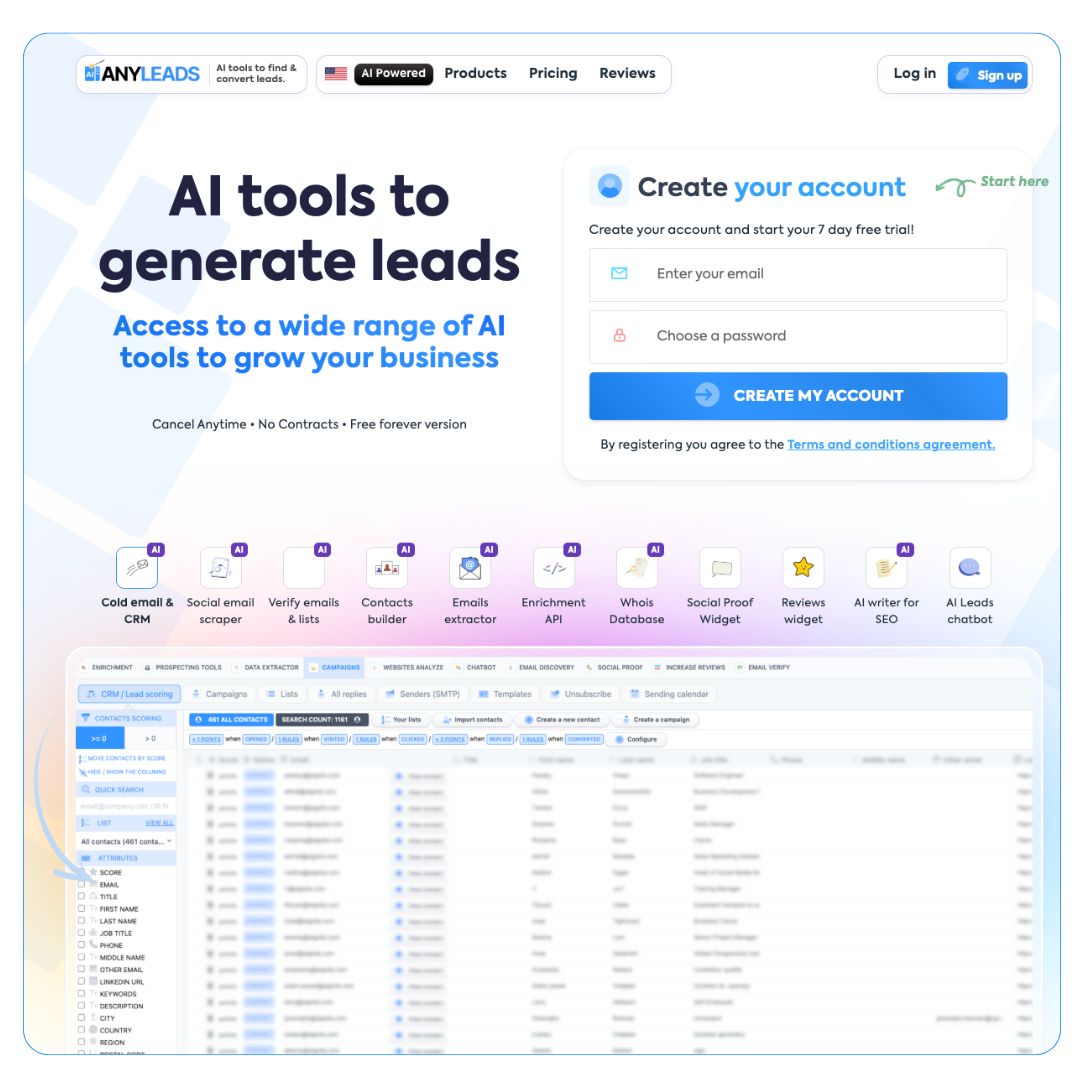 LIMITED SPOTS
All plans are 30% OFF for the first month! with the code WELCOME303
LIMITED SPOTS
All plans are 30% OFF for the first month! with the code WELCOME303

 LIMITED SPOTS
All plans are 30% OFF for the first month! with the code WELCOME303
LIMITED SPOTS
All plans are 30% OFF for the first month! with the code WELCOME303


As businesses continue to transition online, the importance of website design has increased significantly.
94% of a user’s first impression of a website is design-related, and 57% of customers say they won’t recommend a business with a poorly designed website on mobile.
With this in mind, businesses must ensure that their websites are up-to-date and designed with user experience in mind. Whether you're creating a blog or an eCommerce store, following key website design practices can help you stand out from the competition and make a great first impression.
The web design landscape is constantly evolving. Here are the five best practices to follow to design a user-friendly, attractive website in 2023:
Mobile optimization should be at the core of any website design strategy as more people are now using their phones to access websites. To create a positive user experience, businesses need to add mobile-specific features to their websites, such as swiping functionality and gestures, an intuitive interface, and a responsive design.
You should also optimize images, videos, and other types of content, so they load quickly on mobile. Sites with large files that take longer to download tend to have higher bounce rates.
Most WordPress themes are mobile-friendly and have responsive designs, so you don’t need to create a separate website for mobile devices. However, if you decide to create a dedicated mobile version of your website, test it thoroughly before launch. This is especially important in ecommerce web design, where a seamless mobile experience directly impacts user engagement and conversion rates. By using a flat fee design service, you can consistently create visually appealing sections—like testimonials, case studies, and reviews—that highlight social proof, ensuring your website builds trust and encourages visitors to take action without worrying about escalating design costs.


Visual hierarchy is one of the most important aspects of website design. It refers to how design elements are arranged on a page and help users understand what content is most important.
The most important elements should be prominent and easy to find, while less important elements should be de-emphasized. For this reason, it’s essential to choose the right font size and color. You can also use whitespace to create balance and structure. If you’re starting from a blank slate, using pre-built Bubble and FlutterFlow templates from Rapid Developers can give you a strong foundation with professionally designed layouts that follow proven hierarchy principles.
Incorporate visual cues on your page, such as arrows or images, that will subtly draw attention to the areas of importance and help guide users through the website. This can reduce cognitive load and make it easier for visitors to find what they’re looking for.
While templates are a solid start, many teams benefit from expert implementation. Partnering with a web design development agency can translate UX research, hierarchy principles, and accessibility standards into user-friendly website design that’s fast, consistent, and easy to navigate across devices. An experienced team can audit your current site, prototype improvements, and iterate on A/B tests to reduce friction and boost conversions.
Social proof is a powerful tool for website design as it provides visitors with an understanding of what other people think about your brand. Leveraging social proof can help boost user engagement and increase conversion rates.
For example, you can include customer reviews or case studies on your website to demonstrate the success of past projects and services. You can also add a “Featured On” section with logos of popular publications and websites that have featured your business.
Source: Unsplash
Optimizing your website for SEO can help improve your rankings on search engines and make it easier for customers to discover your business.
Focus on creating content that is keyword rich and relevant to your industry, and make sure to include a meta title and description for each page. You can also use tools like Google Analytics to track website performance in terms of web traffic, conversions, and key metrics.


Call-to-action (CTA) buttons are important for businesses as they help direct users to the next step in the customer journey.
Make sure your CTAs stand out by using contrasting colors and making them large enough to be easily seen on a page. You can also consider including visual cues like arrows to subtly direct users’ attention toward the CTAs. Make sure to experiment with different text, language, and design elements to find the right combination for your website.
Your website is the face of your business, and it’s essential to ensure that it looks great, functions well, and provides a positive user experience.
Keep in mind the following practices when designing your website:
Incorporate visual hierarchy into website design to help users understand what content is most important.
Create a responsive website design and optimize images, videos, and content to load quickly on mobile.
Optimize for SEO by creating keyword-rich content and including meta titles and descriptions.
Add testimonials to boost user engagement and increase conversion rates.
Leverage social proof by sharing testimonials and logos of popular publications and websites featuring your business.
Make CTAs stand out using contrasting colors and visual cues